[ENG-SPN] Churches, refuges and fortresses / Iglesias, refugios y fortalezas
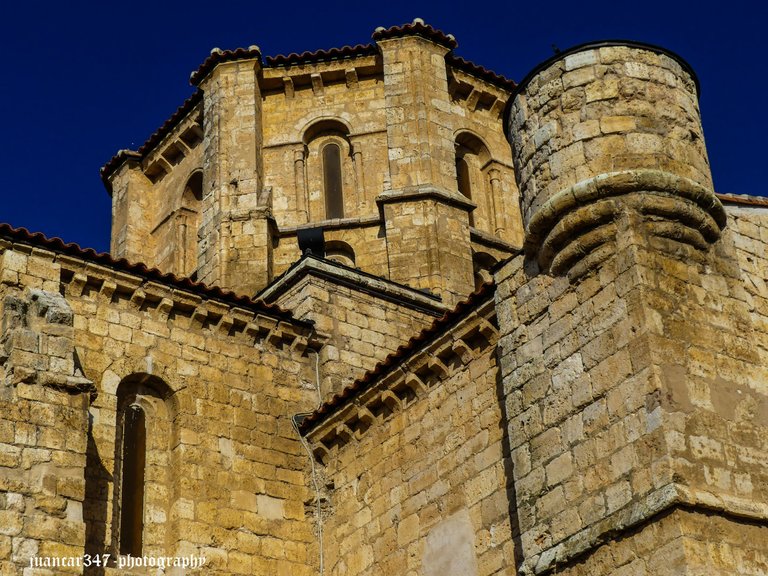
One of the ways to verify that Architecture, even the sacred, also adapted to the vital circumstances of the time, is found in many of the ancient churches that mark the infinite roads of Spain, whether or not they lead to that center. vital pilgrimage, which, after centuries, continues to be Santiago de Compostela. In the church of Santa María la Mayor, built in the heart of a town, Villamuriel de Cerrato, which not only saw its original appearance altered in fratricidal conflicts, such as that of the Comuneros, in 1520 and where the presence of foreign participants is confirmed, like the Duke of Wellington, but also, in modern times, to adapt to industrialization, whose growth was not as expected, we have, without a doubt, one of the most notable examples.
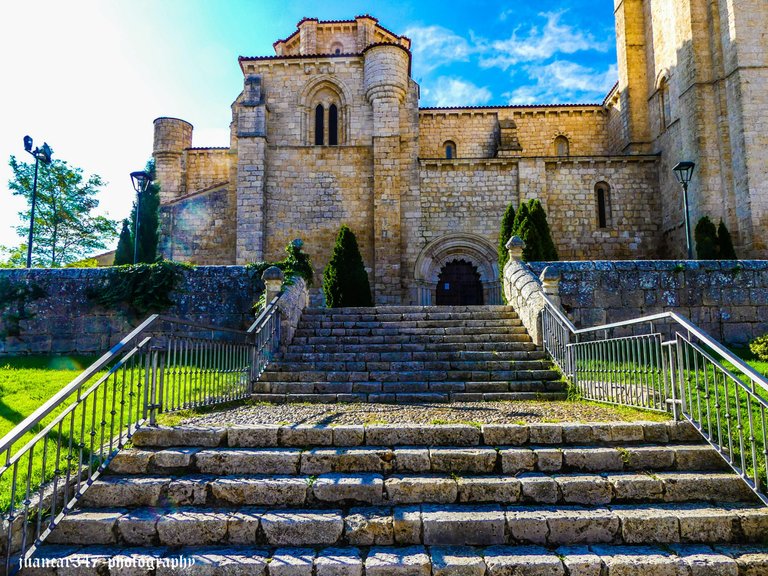
Built at the end of the 12th century, in a notable period for sacred architecture, such as the transition from Romanesque to Gothic, leaving aside the fickle speculations regarding whether it was designed by the Knights Templar or, on the contrary, by the powerful. bishops of Palencia, whose presence is documented, the truth is that this temple and its notable characteristics are one of the best examples to place us in those turbulent medieval times, in which even the Christian churches had to adapt to the needs of the time, serving not only as temples where they could come into contact with the Divinity, but also as refuges and places where they could become strong in anticipation of the attacks of an enemy, which did not always come from that other Spain governed with an iron hand from the Caliphate of Córdoba.
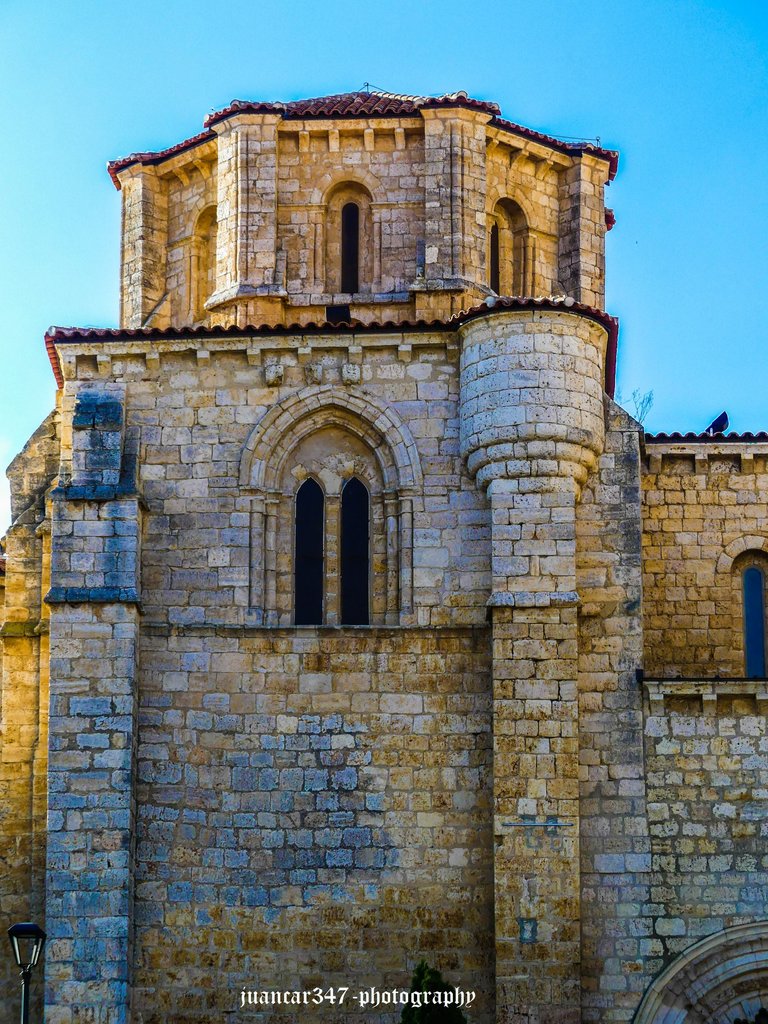
Una de las maneras de verificar que la Arquitectura, incluso la sacra, se amoldaba también a las circunstancias vitales de la época, la tenemos en muchas de las antiguas iglesias que jalonan los infinitos caminos de España, se dirijan éstos o no, a ese centro vital de peregrinación, que, al cabo de los siglos, continúa siendo Santiago de Compostela. En la iglesia de Santa María la Mayor, levantada en pleno corazón de un pueblo, Villamuriel de Cerrato, que no sólo vio alterado su primitivo aspecto en contiendas fratricidas, como la de los Comuneros, en 1520 y donde se constata la presencia de participantes extranjeros, como el Duque de Wellington, sino también, en tiempos modernos, para adaptarse a una industrialización, cuyo crecimiento no fue como se esperaba, tenemos, sin duda alguna, uno de los más notables ejemplos.

Levantada a finales del siglo XII, en un periodo notable para la arquitectura sagrada, como fue la transición del románico al gótico y dejando a un lado las veleidosas especulaciones relativas a si fue diseñada por los caballeros templarios o, por el contrario, por los poderosos obispos de Palencia, cuya presencia sí está justificada documentalmente, lo cierto es que este templo y sus notables características, son uno de los mejores ejemplos para situarnos en aquellos turbulentos tiempos medievales, en los que incluso las iglesias cristianas tenían que amoldarse a las necesidades de la época, sirviendo, no sólo como templos donde entrar en contacto con la Divinidad, sino también, como refugios y lugares donde hacerse fuertes en previsión de los ataques de un enemigo, que no siempre venían de esa otra España gobernada con mano férrea desde el Califato de Córdoba.
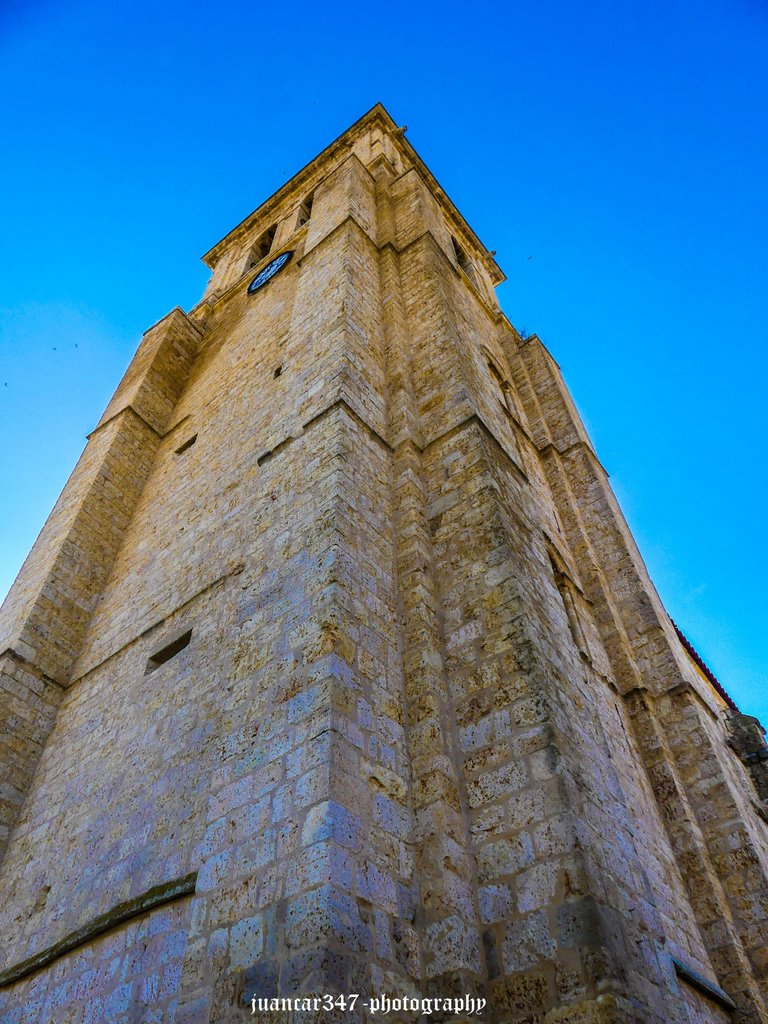
NOTICE: Both the text and the accompanying photographs are my exclusive intellectual property and are therefore subject to my Copyright.
AVISO: Tanto el texto, como las fotografías que lo acompañan, son de mi exclusiva propiedad intelectual y por lo tanto, están sujetos a mis Derechos de Autor.
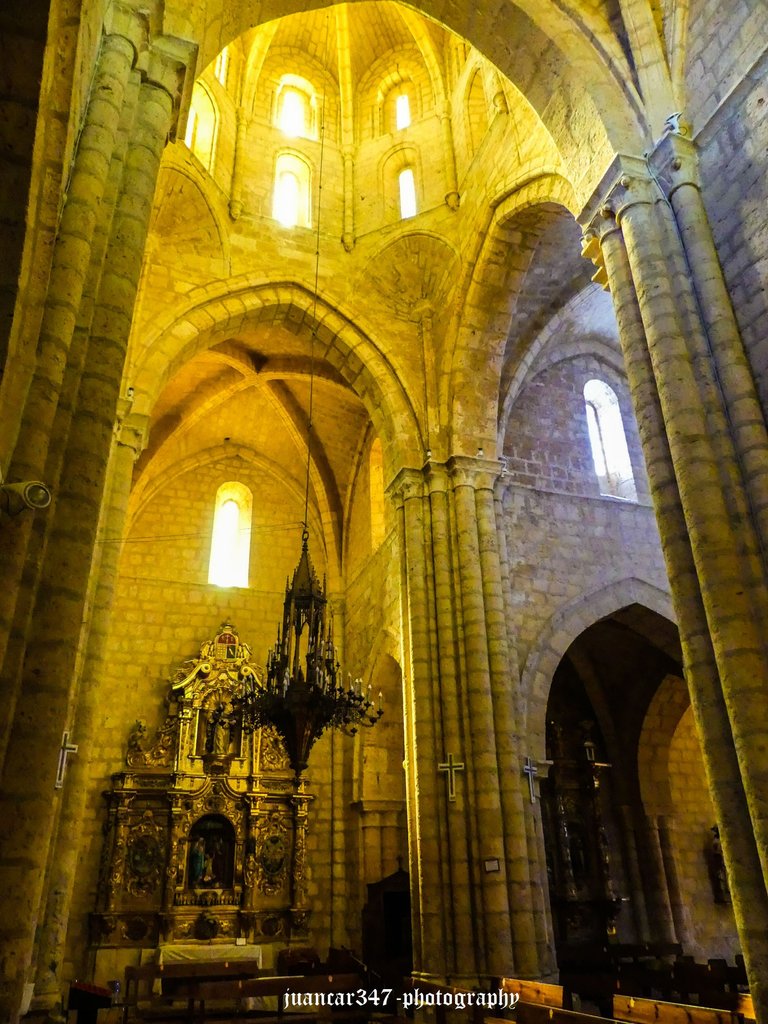
This is really a sacred building worth admiring of I must confess
Thanks. Really, it is.
Yea it is
That’s a awesome write up
The building looks great too
Thank-you very much